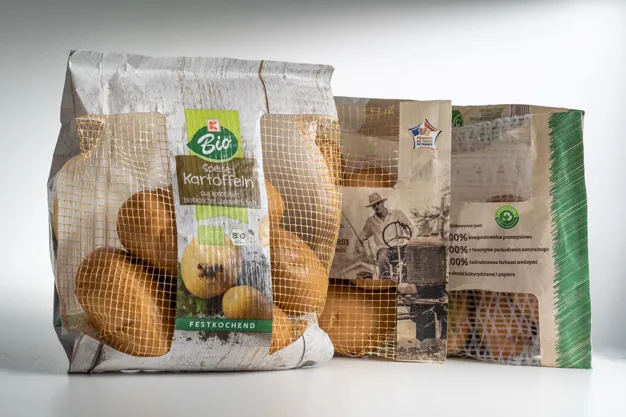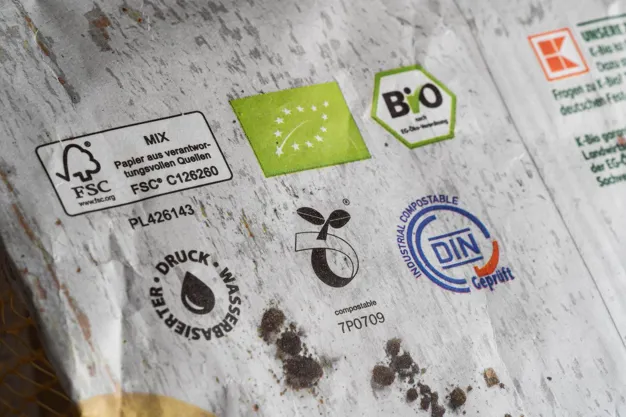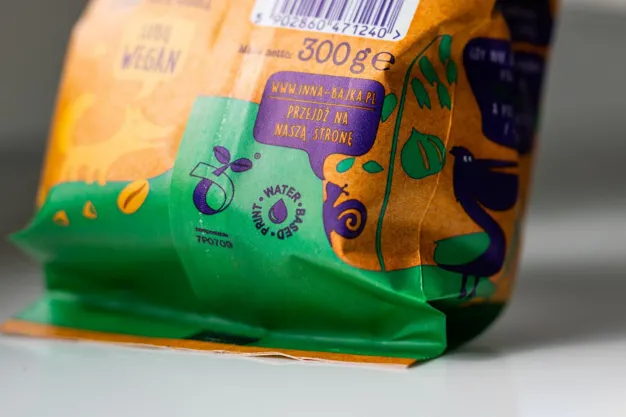The packaging market for vegetables and fruits definitely cannot be reduced only to potato bags, citrus nets or apple boxes, says Marta Paprocka, marketing manager for Polish packaging manufacturer Silbo: "The last 20 years have been a period of intensive development of the fruit and vegetable packaging industry. A time of introducing new packaging solutions to the market, which were increasingly tailored to the individual needs of consumers. These are not just ordinary raschel bags anymore. Manufacturers have developed new packaging: new materials and methods of combining them, various designs, marking methods, functionalities and much, much more. It is also an area of introducing innovations, developing technologies, patents and investing. Companies producing packaging have their own Research and Development departments, striving not only to improve quality or expand the offer, but also to achieve ecological sustainability in packaging production."

According to Paprocka, it's not always easy to see what makes packaging unique at first glance, but a lot of work goes into them to put the packaging ahead of the competition. "When we see packaging on store shelves, we may have the impression that we do not find anything original in them, and yet it is the result of the work, efforts and research of many people. It is also intellectual property, technological knowledge, human resources and experience. The result of trial and error, the costs of which are borne by the packaging authors. As such, it isn't surprising that manufacturers try to protect their designs and innovations. The way to do this is through appropriate marking."

"The manufacturer's logo may be visible on the packaging, usually inconspicuous and not in the foreground, which is natural, but it allows for the identification of the author. The certificates visible on the packaging are also the property of the manufacturer. Certificates may concern compostability, recyclability, origin of the raw material, also mentioned as the source of acquisition, like PEFC® or FSC® in the case of paper from controlled forest cultivation, and many other aspects. Each of these signs on the packaging has its own unique number assigned to the packaging manufacturer, who takes responsibility for his product. This number should also be included on the packaging. If it's not there, it should make us suspicious about the legitimacy of the certificate used. Another tool for identifying and protecting the packaging manufacturer are patents. These are legally protected technologies, designs and even packaging names. After considering the uniqueness of a given solution, the Patent Office assigns it the protected status of industrial property. Each patent has a number in the official register."
A good example is a package called Bobasket®, owned by Silbo. Bobasket® is a design legally protected by the European Patent Office. Both the name and the method of production are registered. Silbo has developed many other solutions that are officially patented: "Obtaining an official patent is a time-consuming process that requires a high level of innovation, precision and knowledge of the legal aspects of intellectual property protection. This procedure is long and expensive, because we pay for maintaining the patents every year, in every country that protects us," explains Marcin Śpiewok, the owner of Silbo and author of the patents.

Naturally, packaging manufacturers will want to ensure that the competition doesn't simply steal ideas or techniques that are developed with their hard work and vision. But Paprocka states there's more to it. "The fact that companies protect their property against unfair competition and copying of designs and technologies is only one side of the coin. The second important aspect is also honesty in making choices. As customers, we have a choice; support innovation or support unfair business practices. That is why the selection of packaging suppliers is so important. It is worth checking not only the authenticity of certificates, using numbers confirmed in official registers and monitoring the circulation of information about the company. Ultimately, image losses for using copied packaging or a non-existent certificate will be borne not only by the author of the packaging, but also by the company using the fake product by printing its brand logo on it," she concludes.
For more information:
Marta Paprocka
Silbo Packaging
Tel. +48 32 42 29 610
Email: [email protected]
www.silbo.pl
